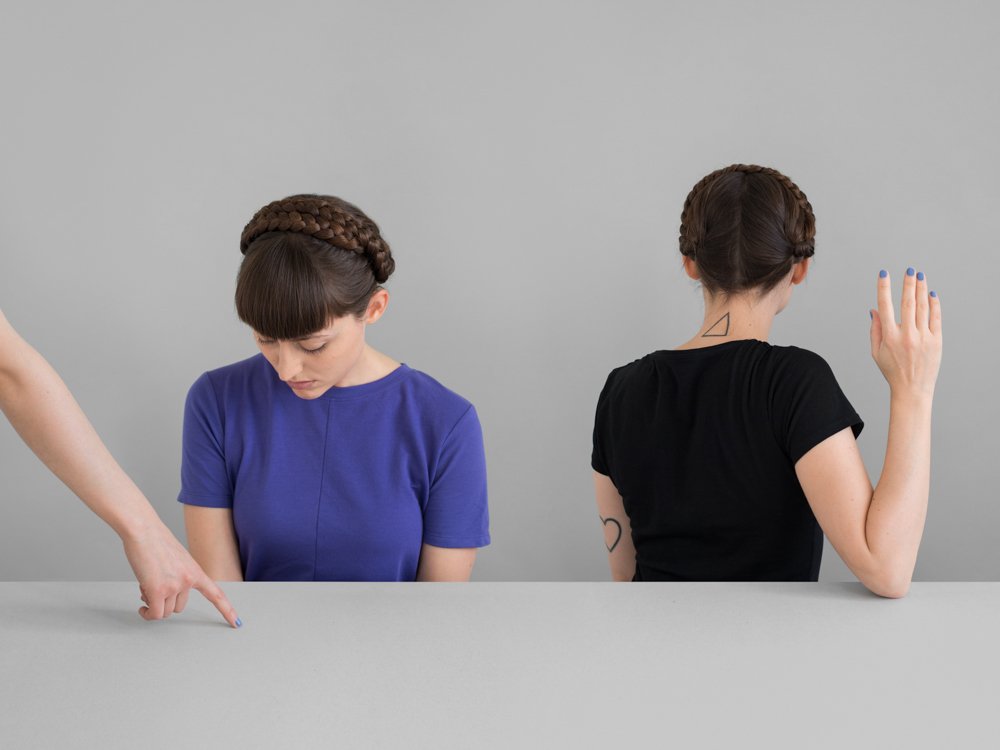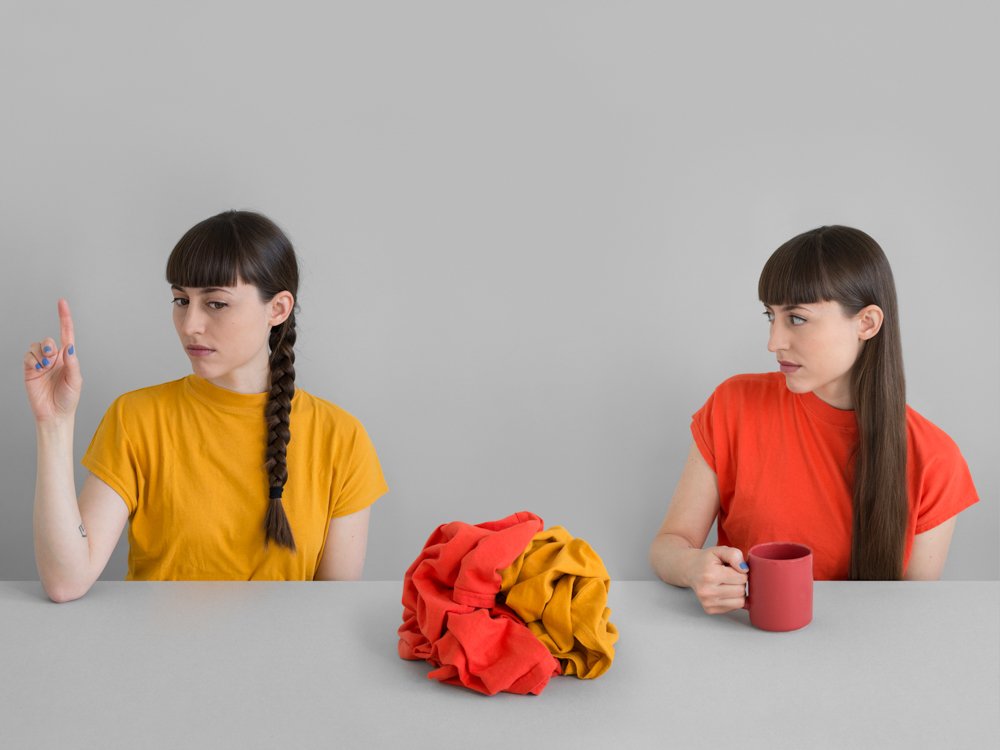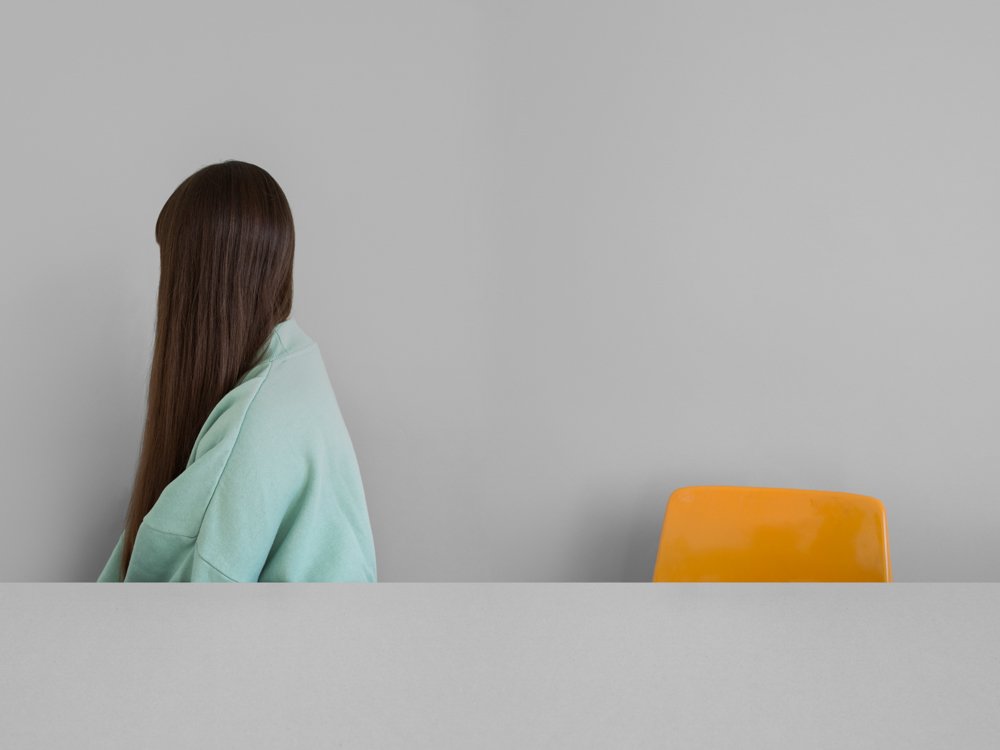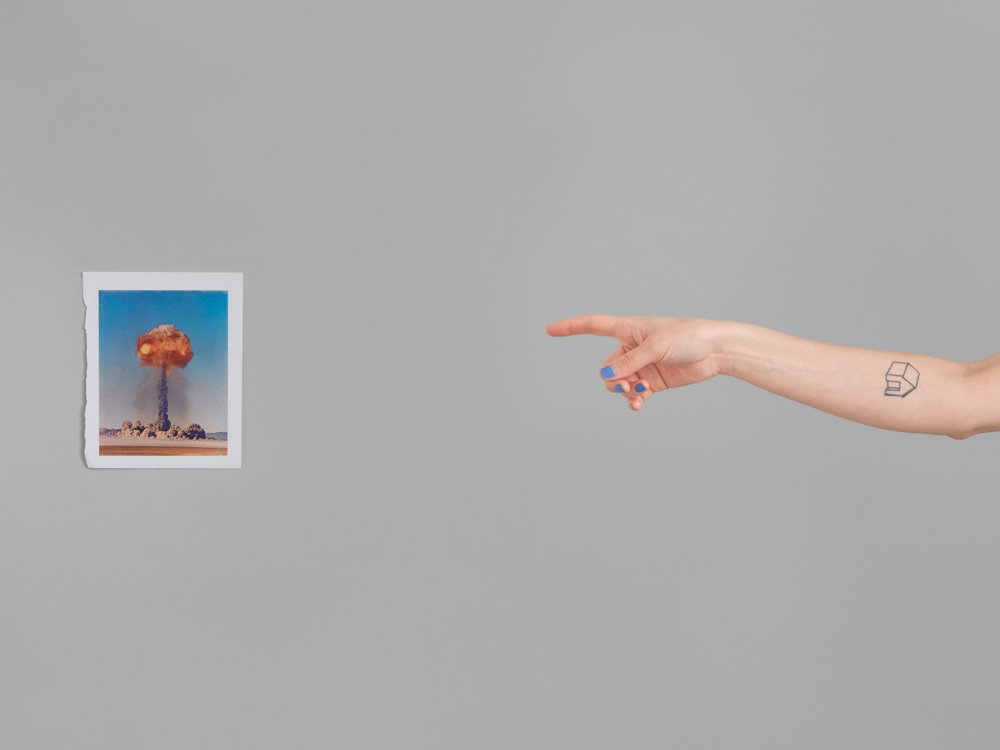Past work
2013-2018
[1] Giorgio Morandi (Recycled), 2013

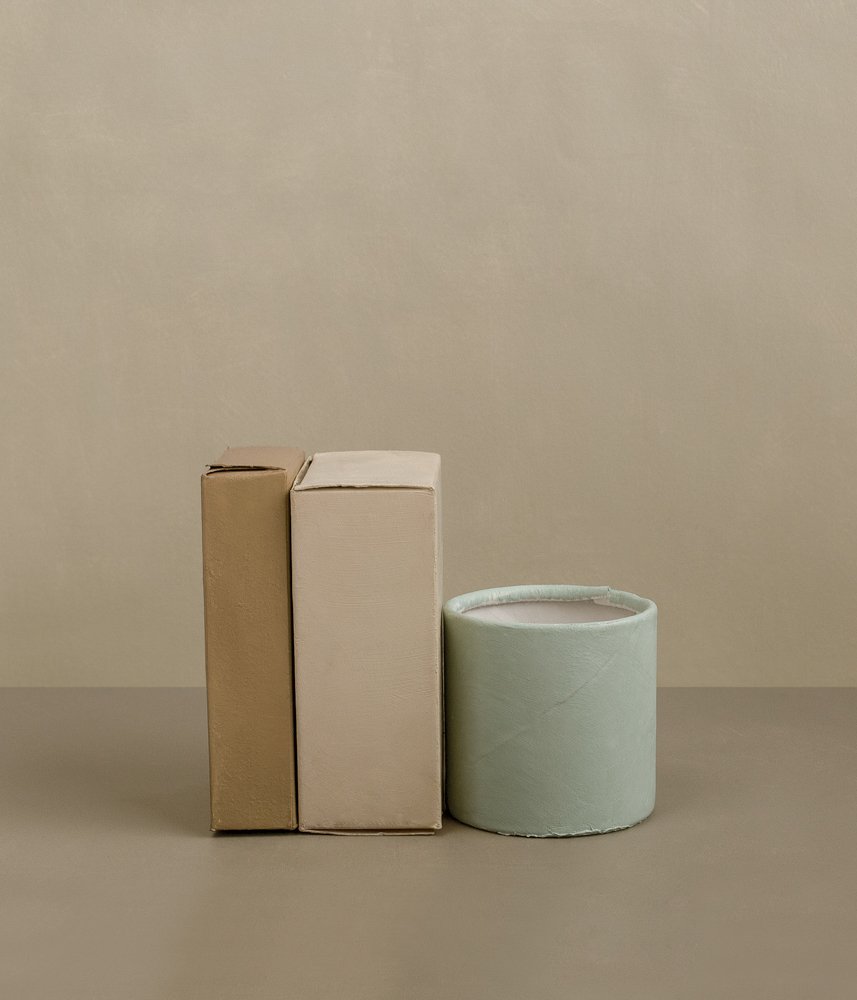


[2] Paralelo (Parallel), 2013
-
Parallel is a series structured in eleven diptychs, each of which is formed by the interrelation between two different places (in some cases separated by significant distances) through their representation. The objective is to discover similarities in composition, colors, organization, shapes, or elements. The journey transforms into a playful practice as specific images are sought, simultaneously activating a mechanism of memory and analysis. The essence of an image always stems from a preceding one.



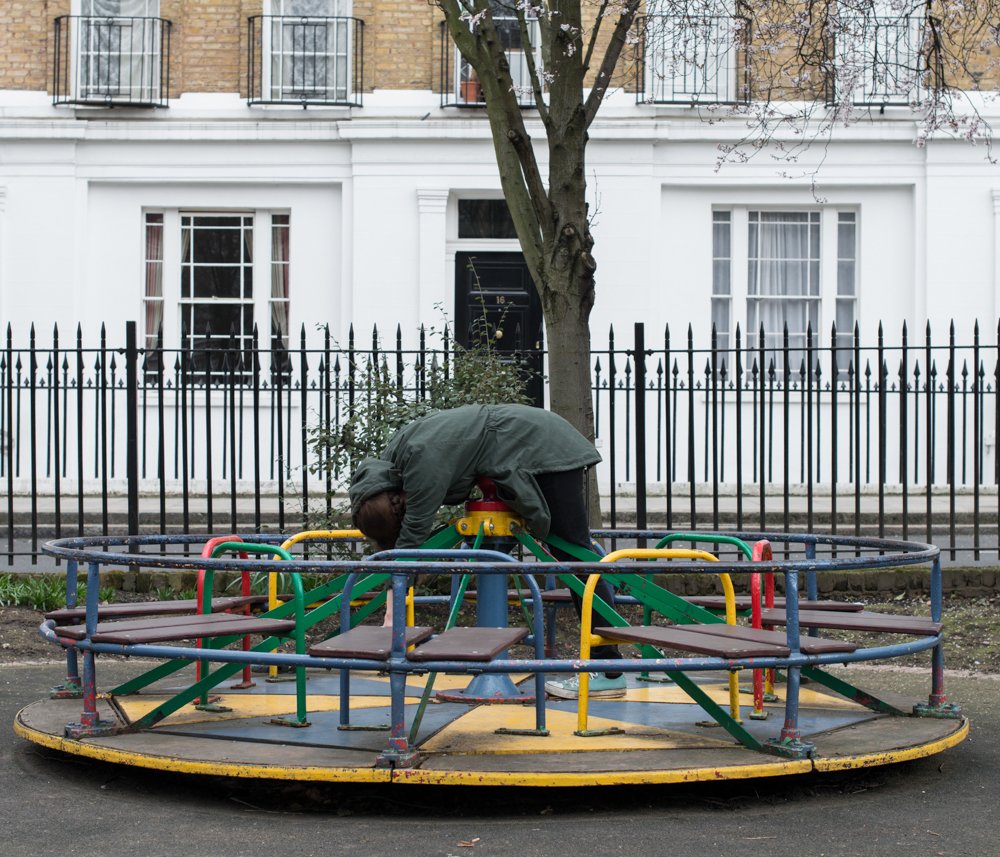
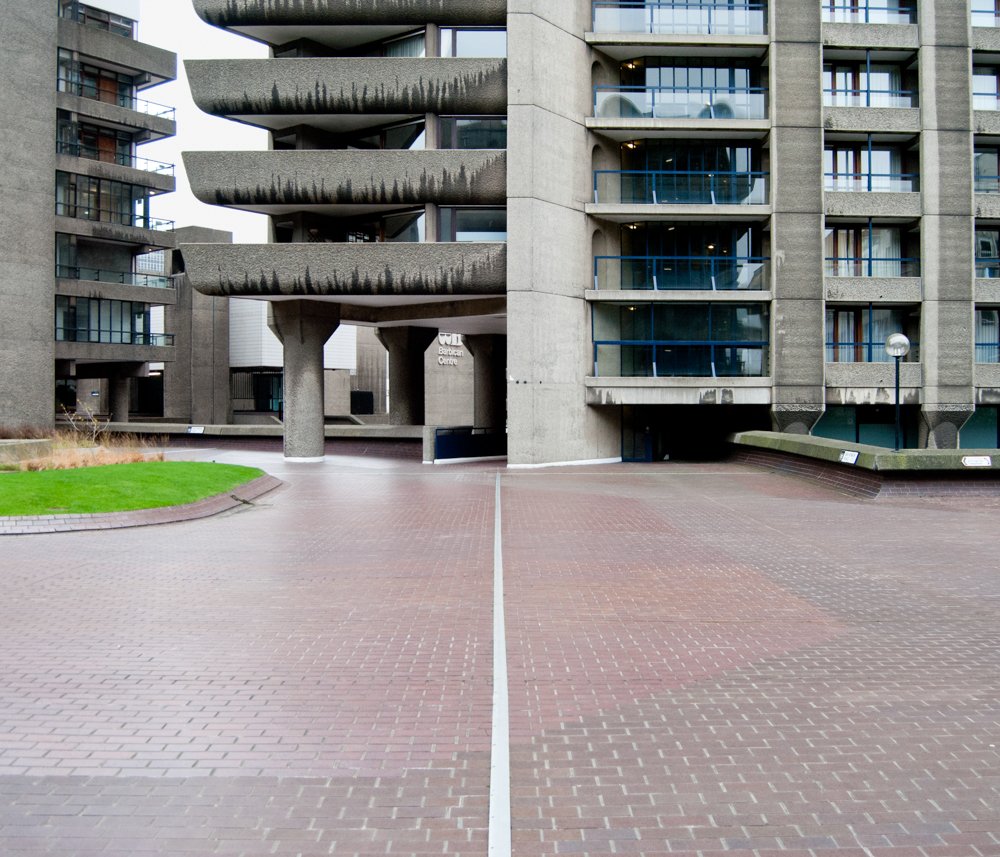

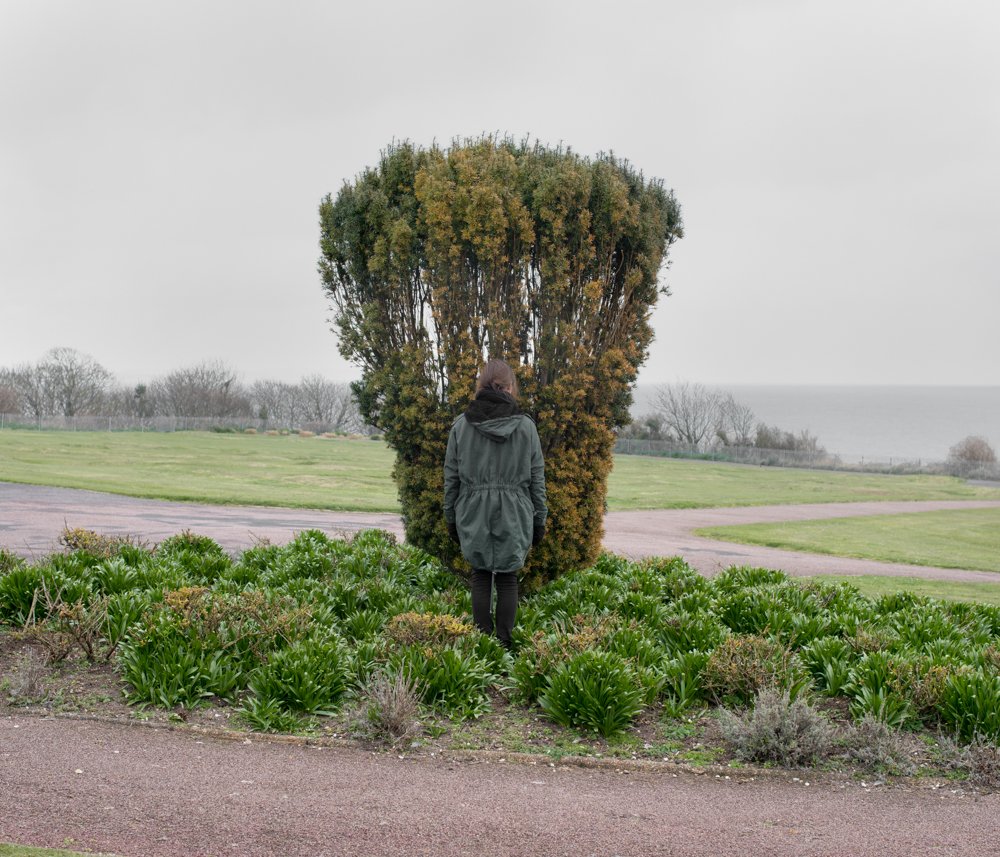

[3] The Dalmatian, 2013
-
I documented every dream I could recall throughout the span of a year in a diary. Upon revisiting it later, I gained insight into the residual connection between dreams and reality. I discovered how dreams unveil the underlying relationships with everyday events, conflicts, circumstances, and moods. In these dreamscapes, verbal language often gives way to symbolic visual forms. Despite their peculiar and ambiguous nature, these symbols reveal the profound aspects of ourselves—our desires, fears, feelings, emotions, and beliefs. They also shed light on the intricate bonds we form with loved ones and those we interact with.
The Dalmatian is a series of portraits and still lifes wherein I translate the unconscious information generated in my dreams into images using symbols, objects, and people. Through this visual exploration, I contemplate my identity and the dynamics of my relationships with others. The title of the series is derived from the presence of a Dalmatian dog in the last dream I recorded.
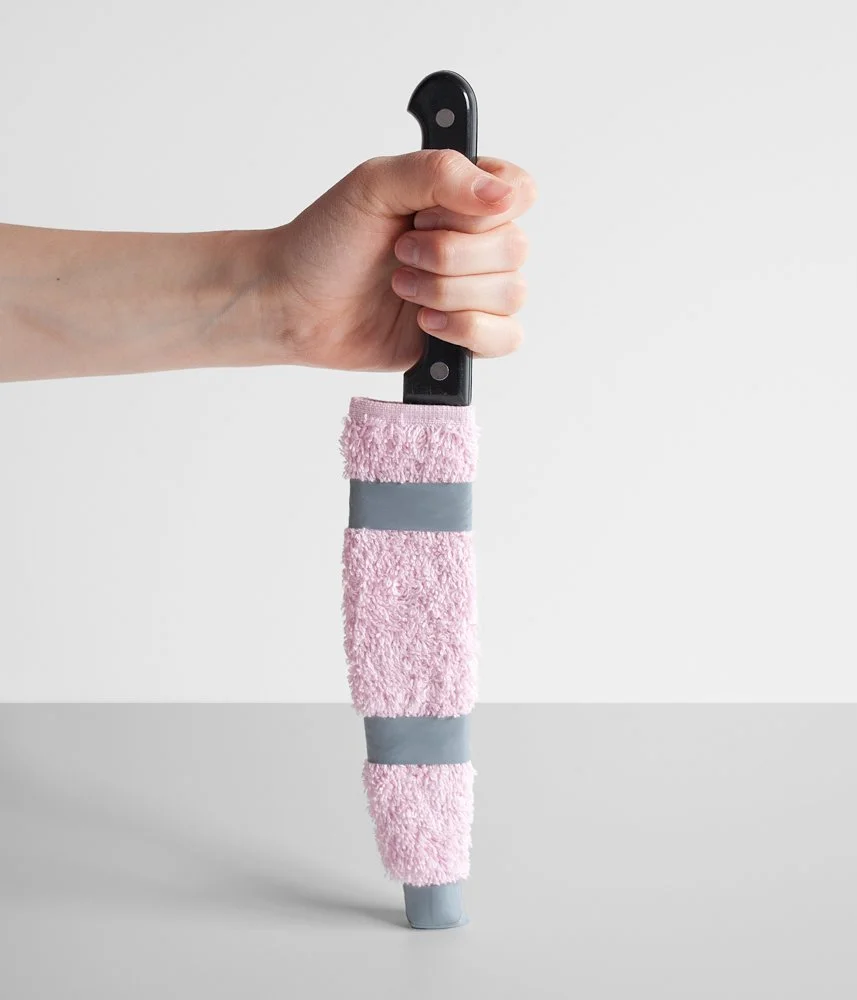
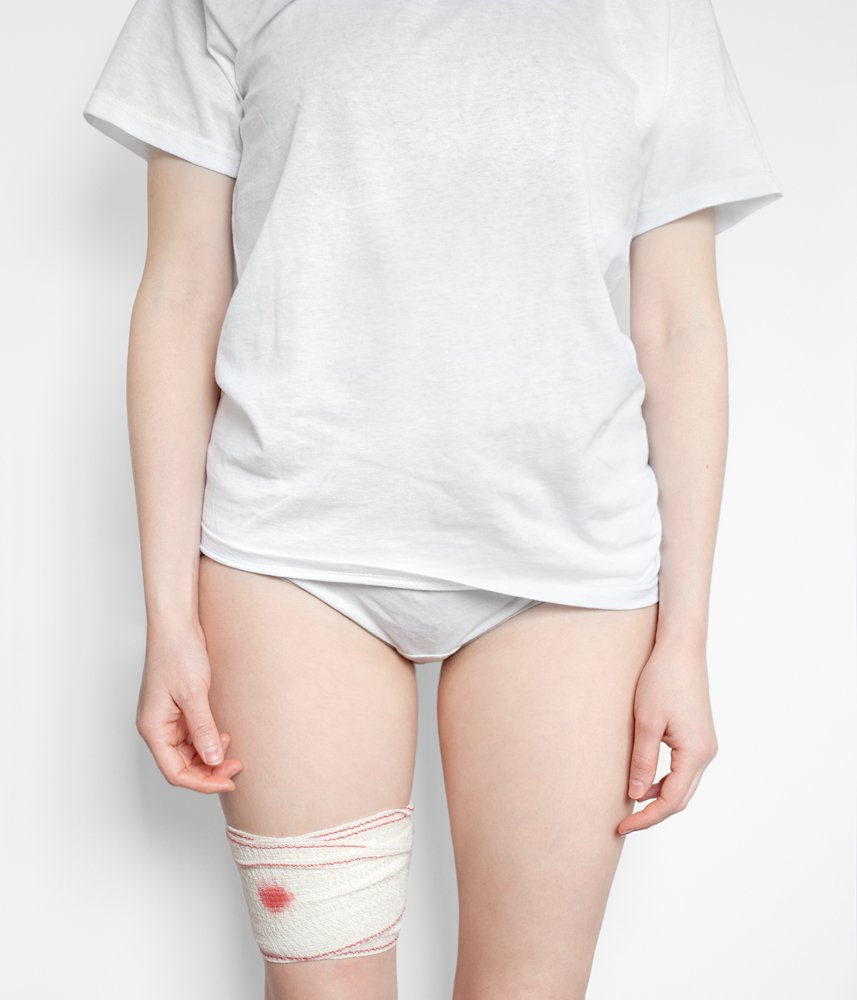

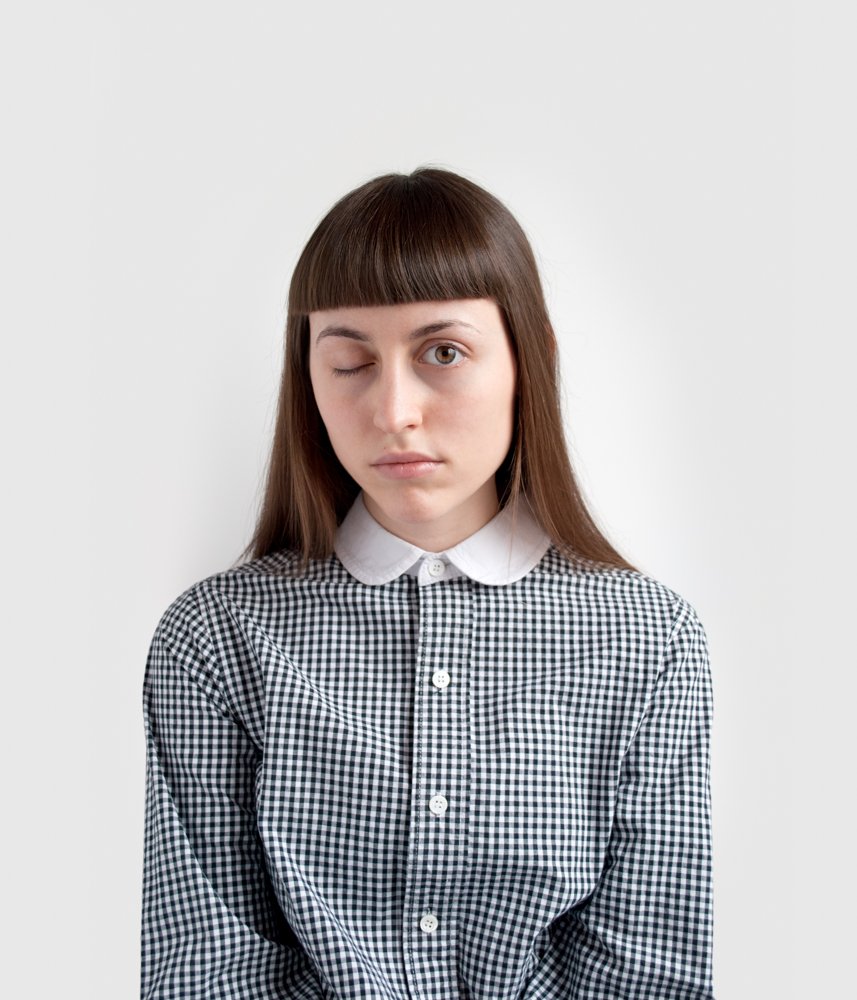


[4] Short series, 2014



[5] Grey, 2015-2016
-
Grey is a series of images captured between 2015 and 2016 in various cities such as Bangkok, Kuala Lumpur, Manila, Malapascua, Hong Kong, and Tokyo. In this collection, I aimed to document daily life by focusing on the accumulation and repetition of accidental still lifes found on the streets—ordinary yet distinctive objects—and in places where little seems to happen. Instead of concentrating on what is conventionally deemed representative, such as events, the beauty of a location, or its monuments, my attention is directed towards the numerous small gestures and objects that unveil the human energy embedded in a city, expressed through how these items are organized, accumulated, placed, or left abandoned on the streets.
This search or exercise not only serves as a playful way to wander but also presents a new approach to experimenting with and representing urban space. It deliberately avoids the solemn tone of classic documentary photography. Additionally, it offers an analysis of the contemporaneity of specific contexts, specifically South East Asia and Japan, by capturing and representing their traces: mass-produced plastic objects that serve as reminders of the relentless consumption of disposable products.

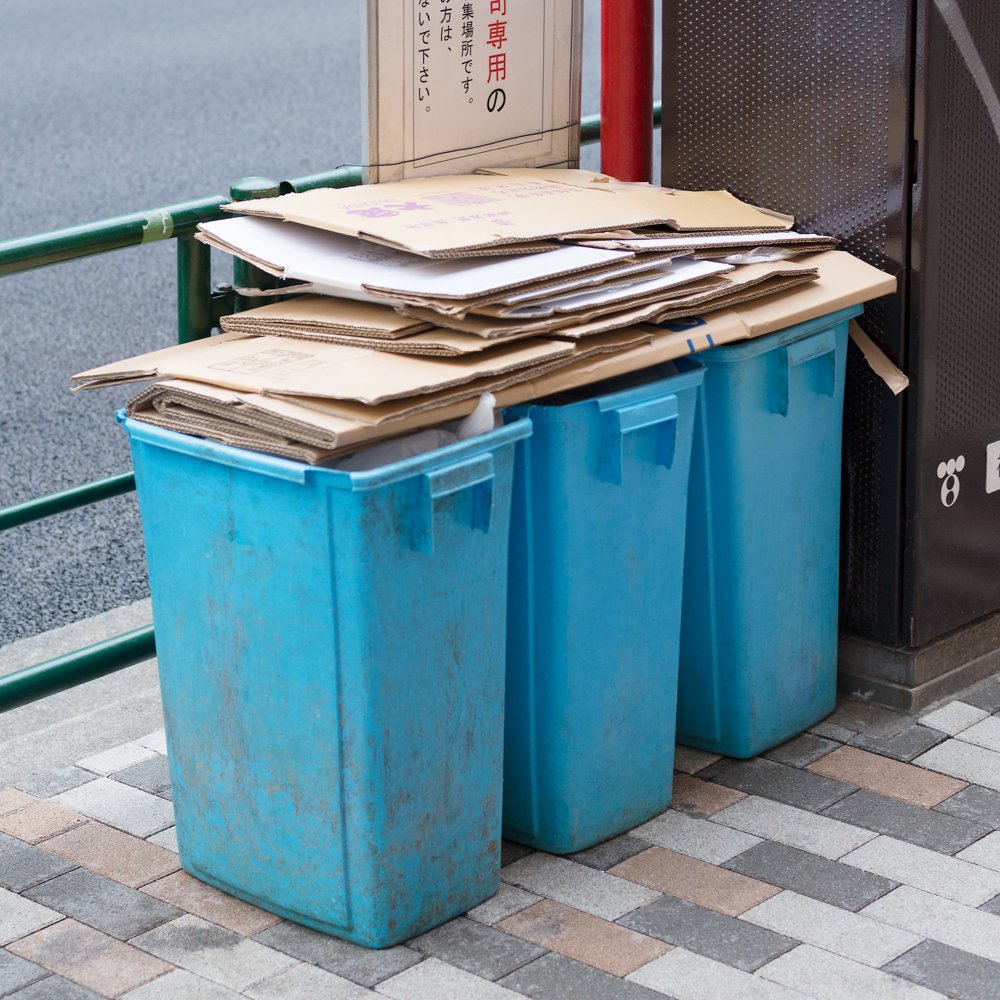

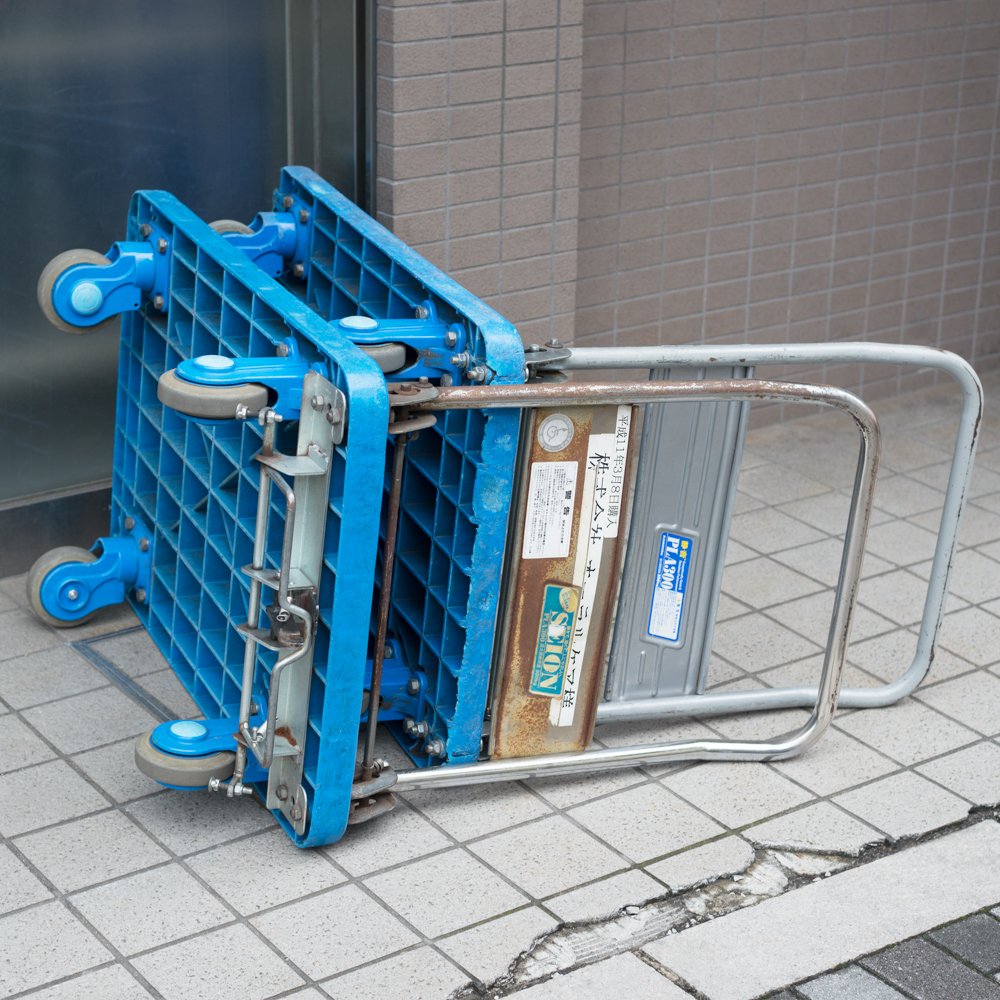


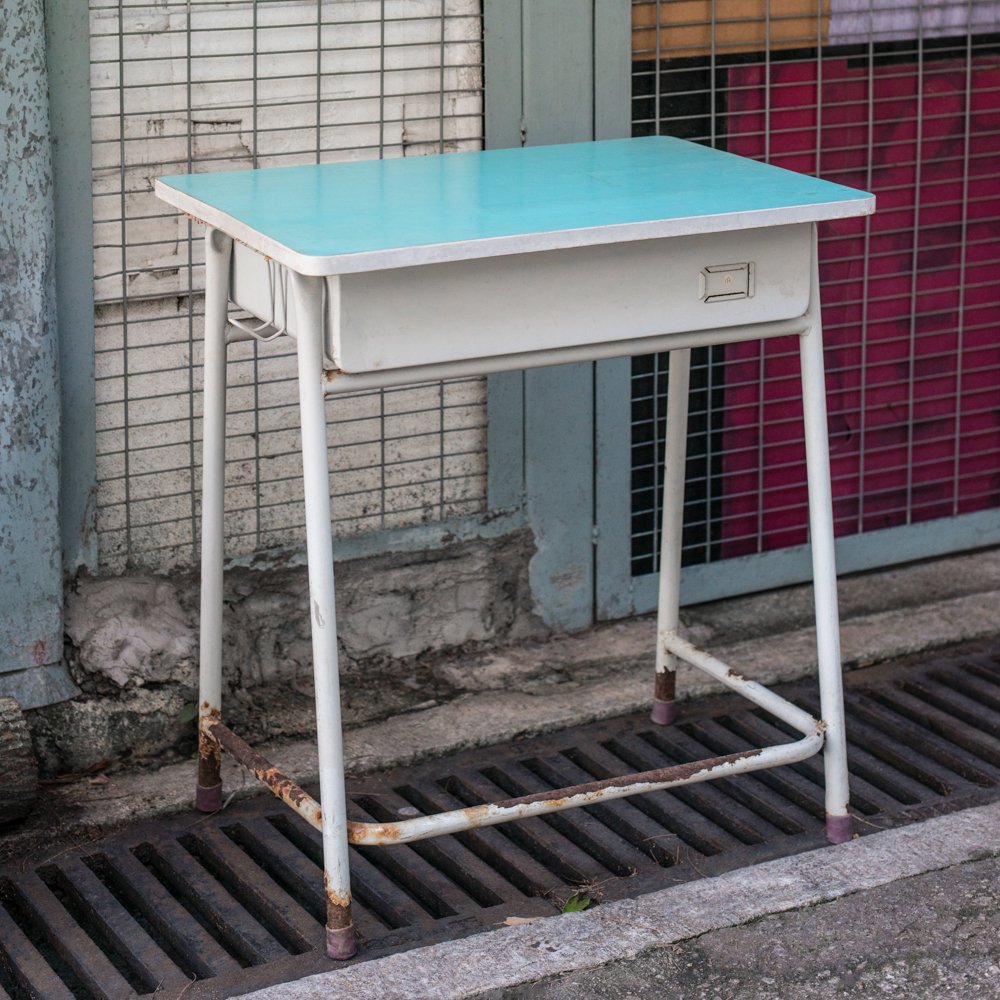

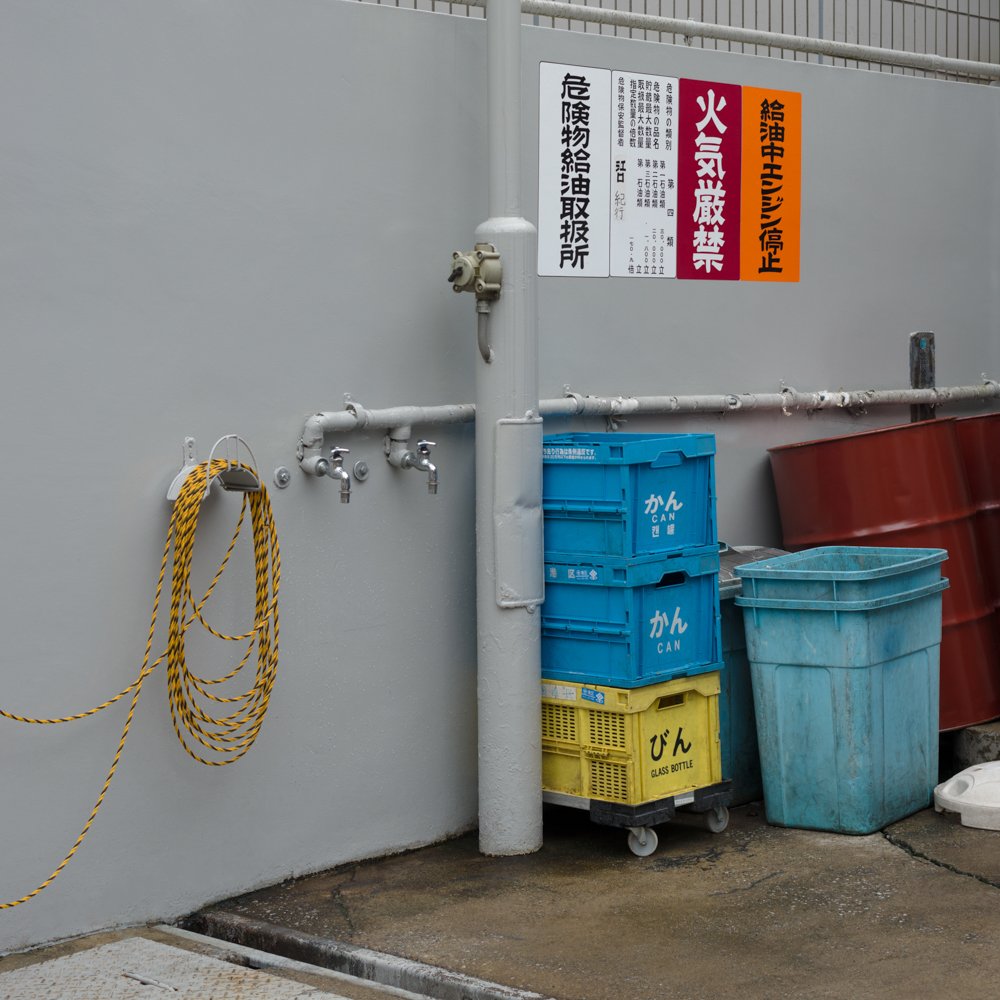






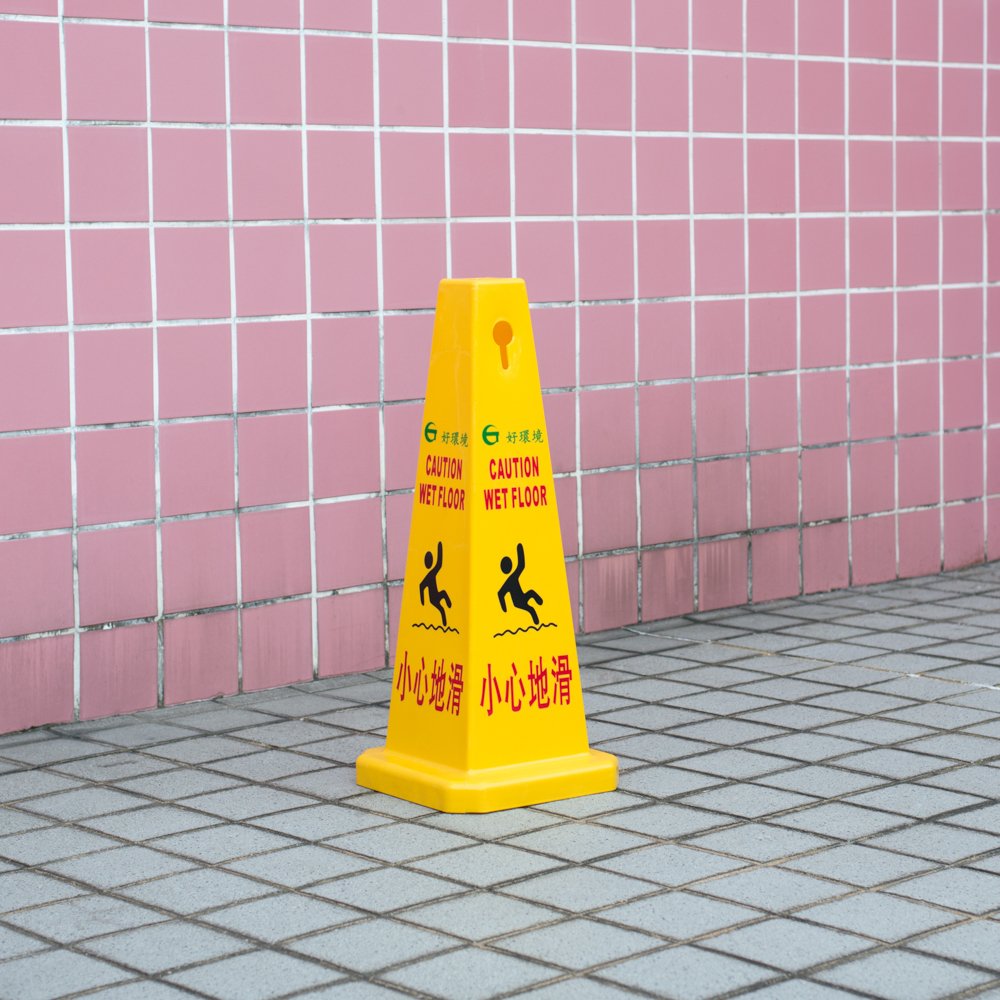

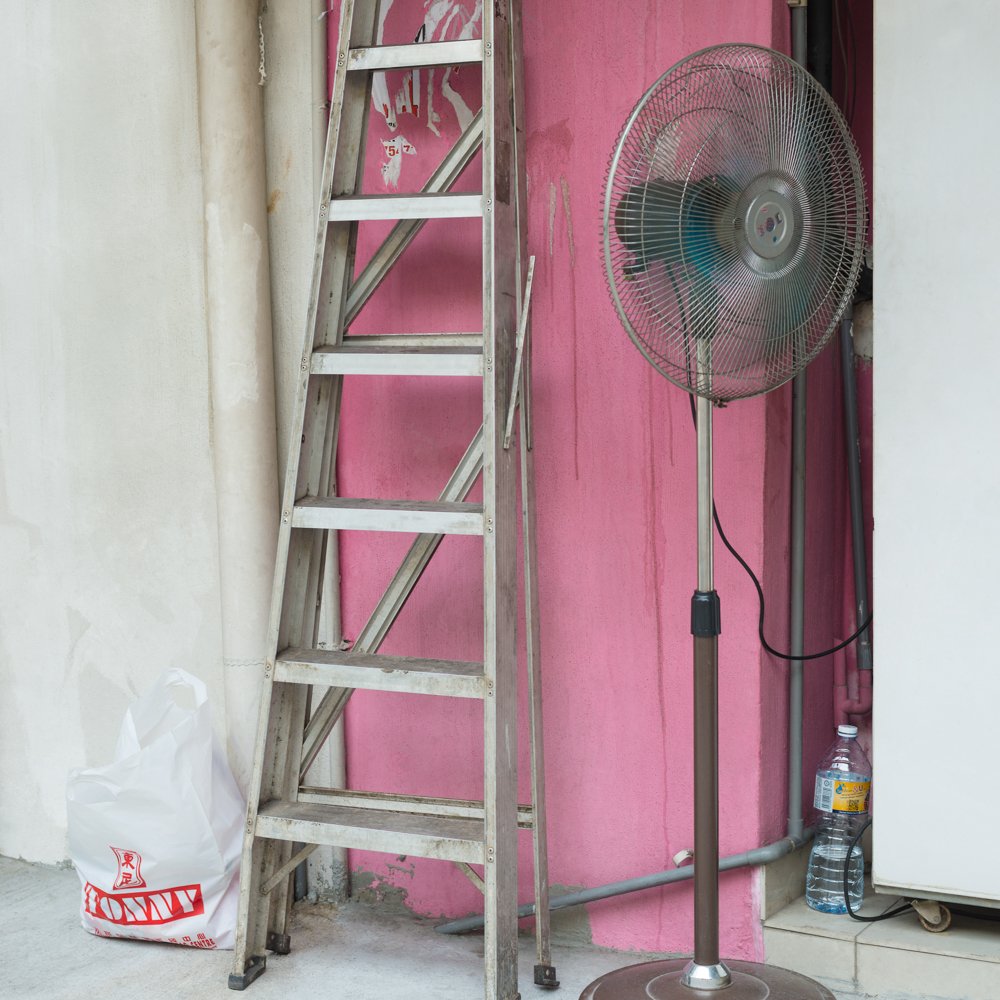

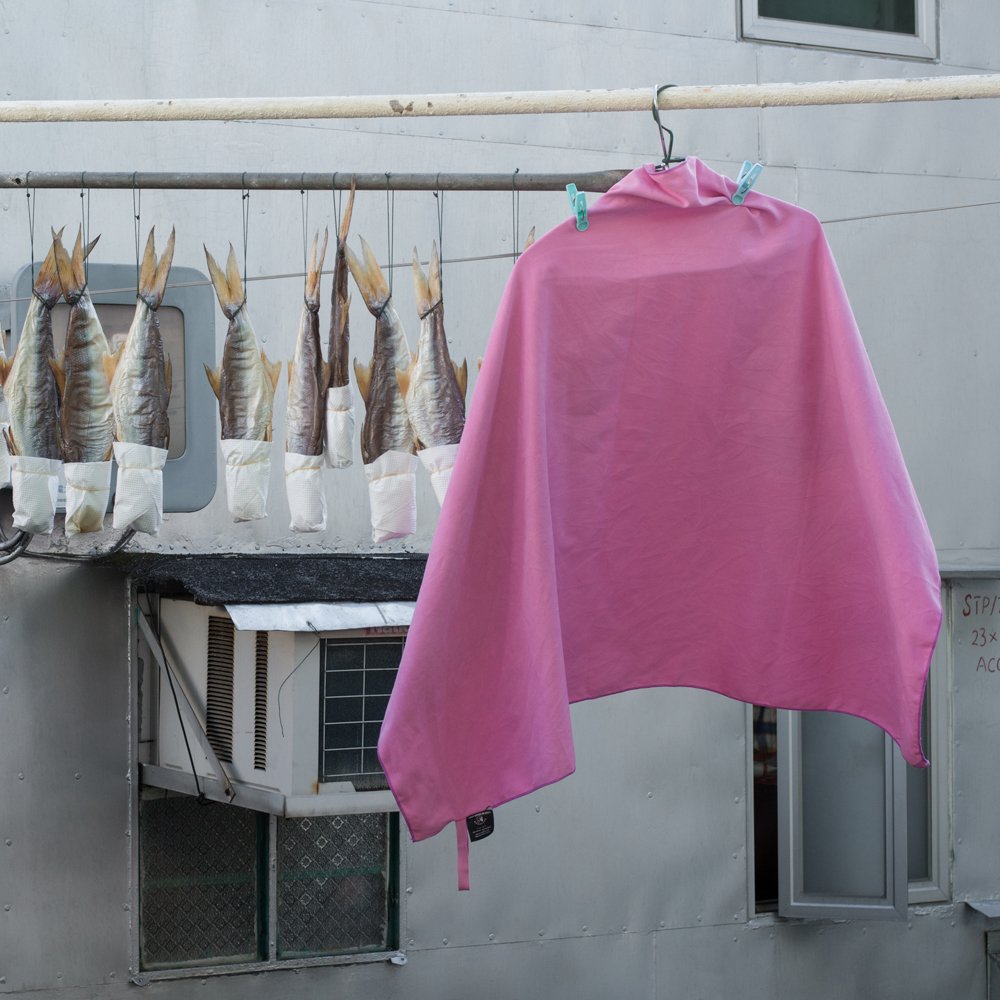





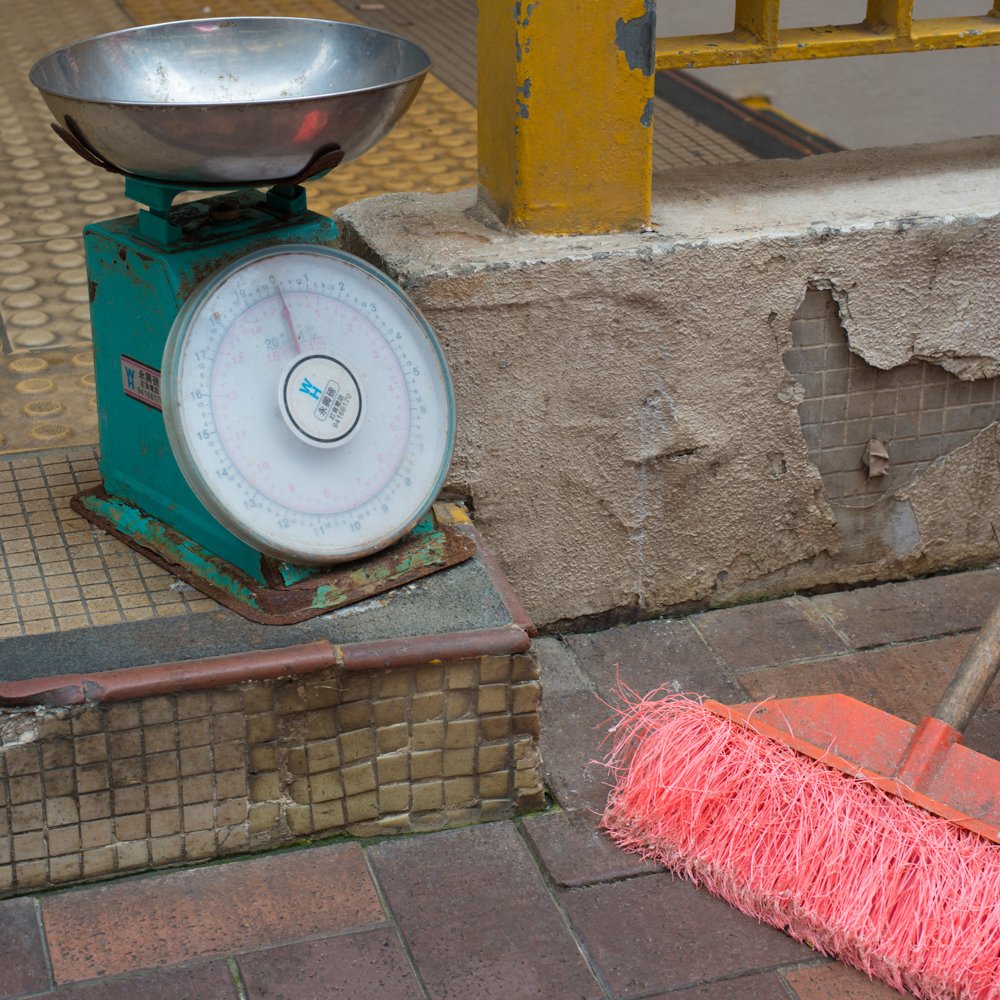

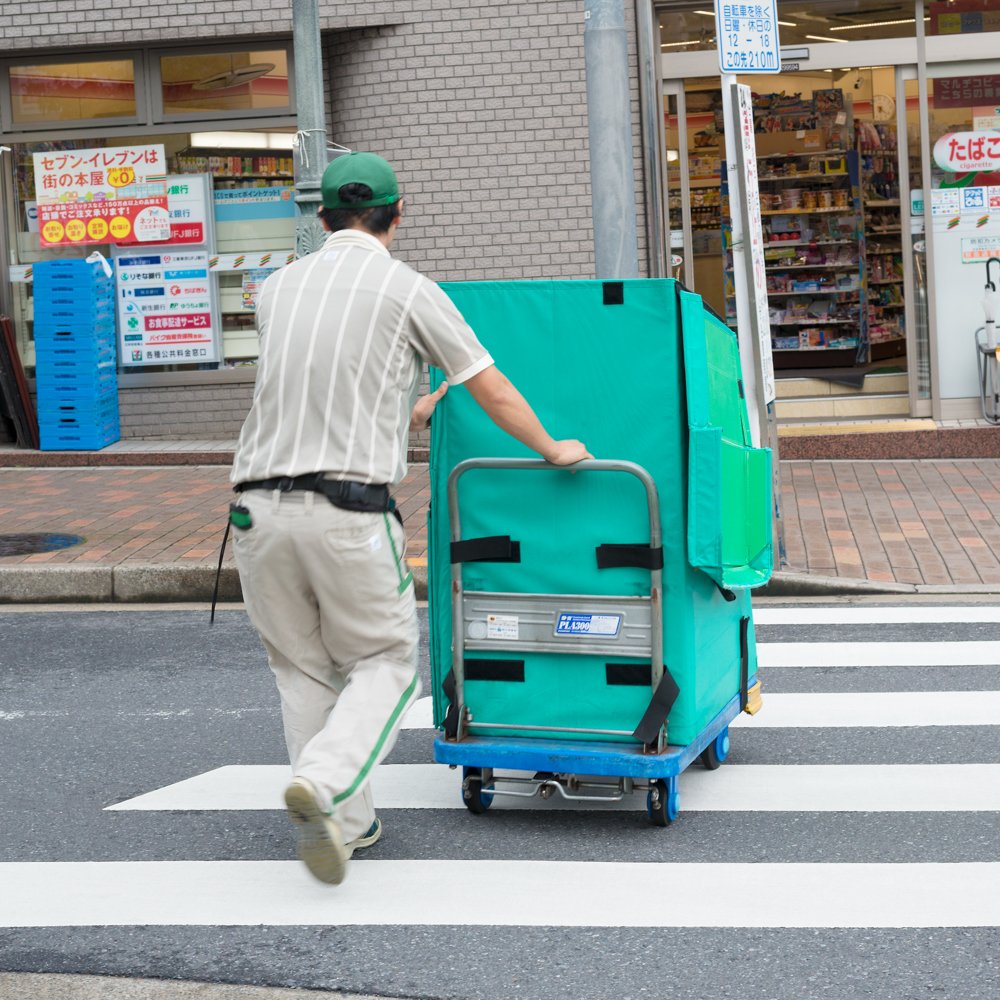


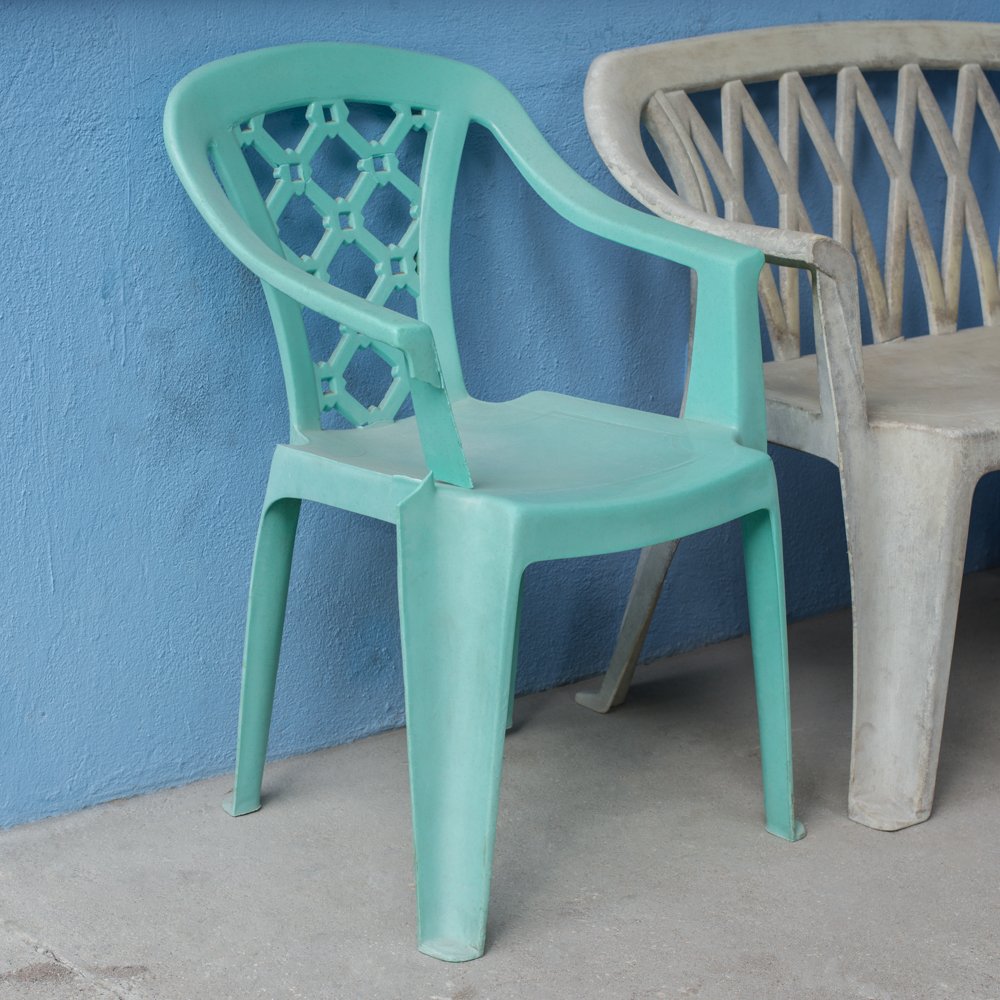



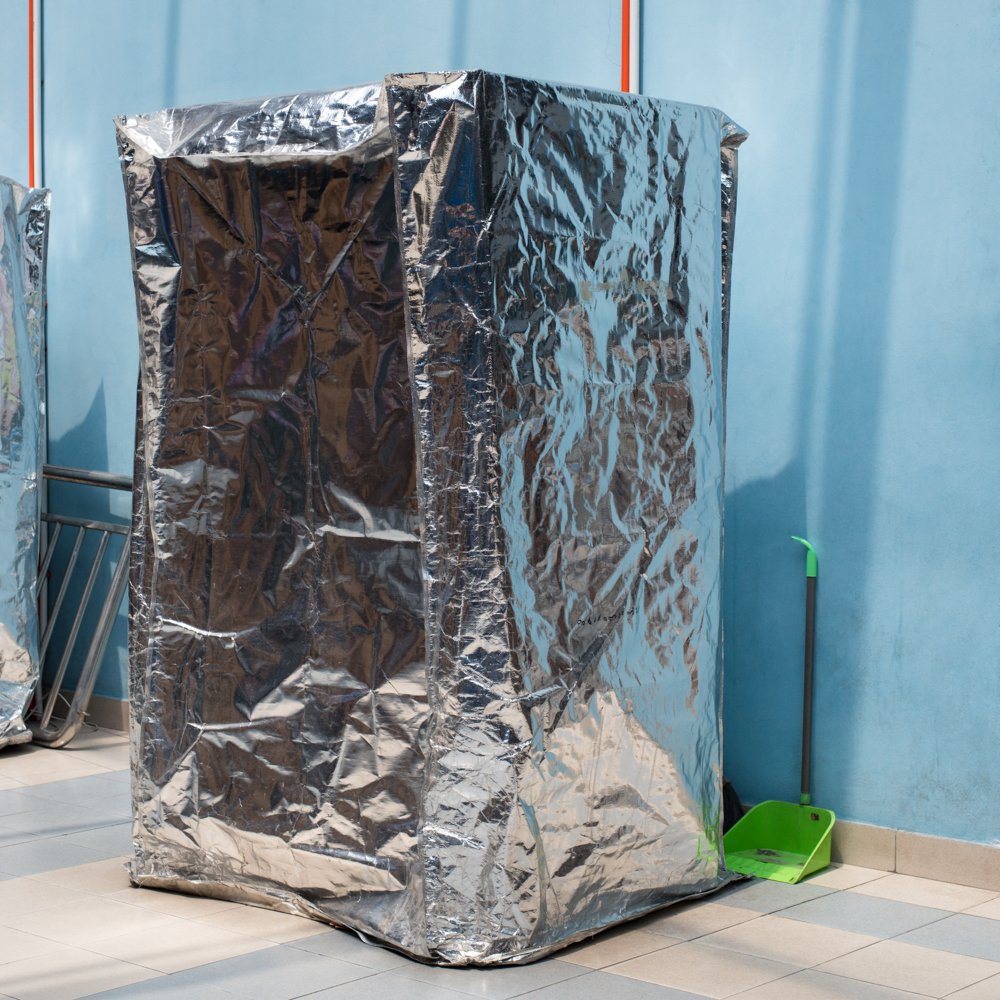


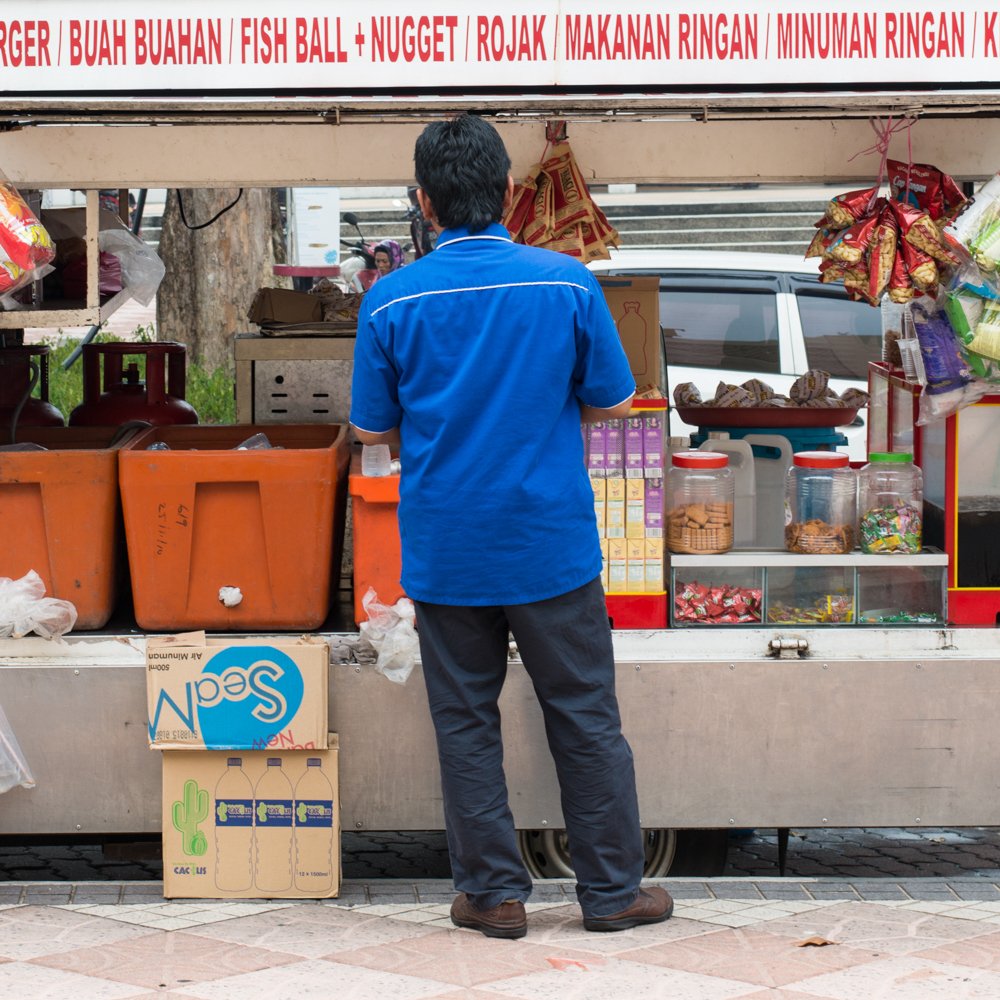




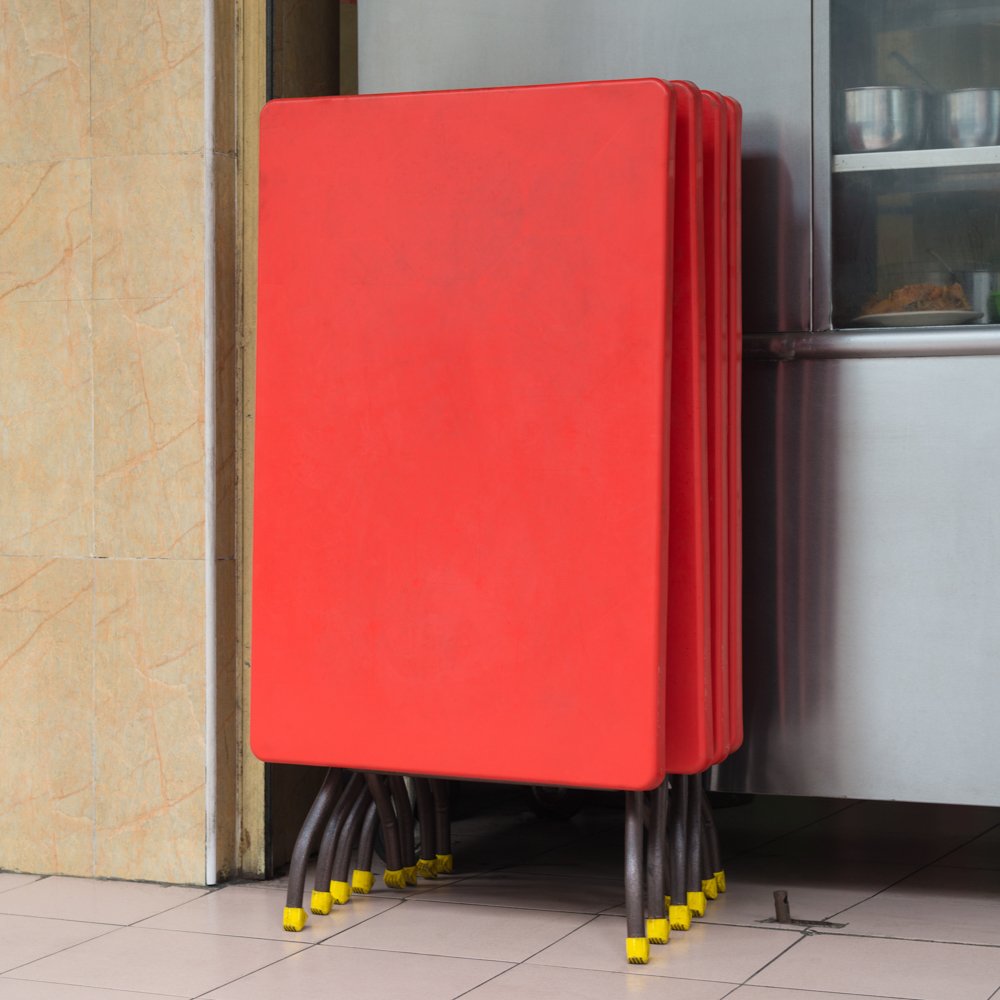


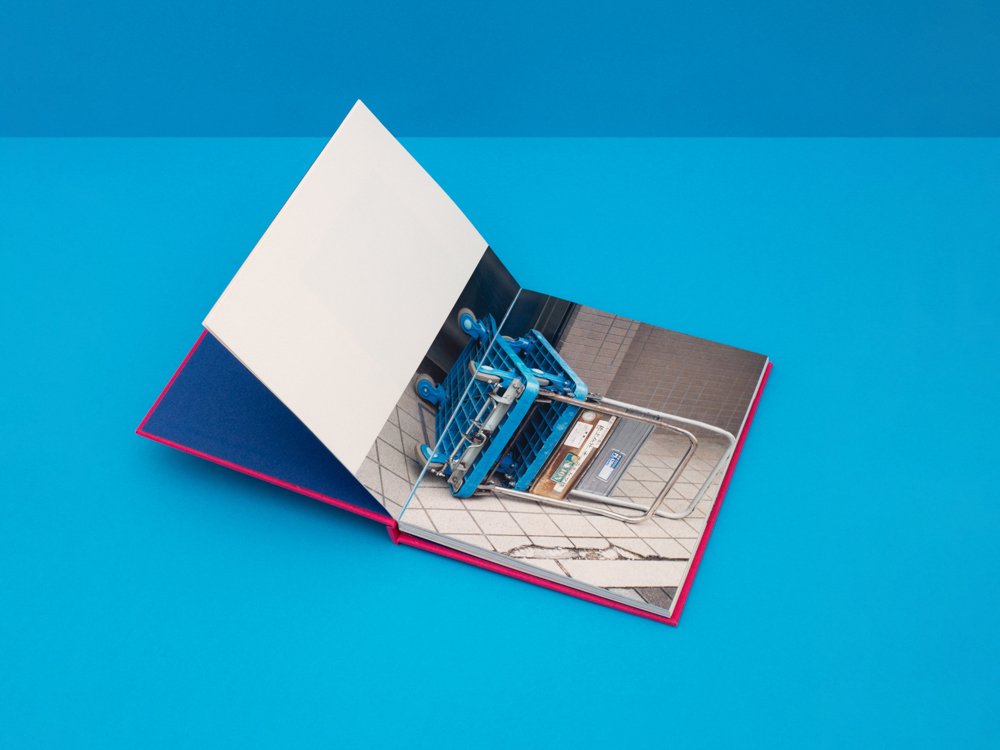



[6] City, 2016
-
City is a sound and video piece that integrates sound recordings, found sounds and found photographs, and personal still and moving images. While certain details may hint at its location in an Asian city, the imagery unfolds throughout the video without specific references to the time or place it belongs to, and lacks a linear narrative. Inspired by Psychogeography, this piece presents a view of an unsettling, claustrophobic, and dystopian unknown place. It aims to evoke and mirror the psychological and emotional experience I encountered there.
“[…] Geography, for example, deals with the determinant action of general natural forces, such as soil composition or climatic conditions, on the economic structures of a society, and thus on the corresponding conception that such a society can have of the world. Psychogeography could set for itself the study of the precise laws and specific effects of the geographical environment, consciously organized or not, on the emotions and behavior of individuals. […].” - Guy Debord, Introduction to a Critique of Urban Geography, 1955.
[7] El ser entreabierto (Half-open being), 2016
-
In his book The Poetics of Space (1957), Gaston Bachelard reflects on the house from a symbolic and psychological perspective, considering it as a topography of ourselves. He also views it as an instrument for analyzing the human being and its relationship with the world, prompting us to perceive the house as a being rather than a mere object. This reflective connection serves as the foundation of my project, which I have developed through parallelisms and projections between spaces and individuals. Both are portrayed in my images as structures that encapsulate an inner place, equipped with mechanisms for opening and closing. These structures can manifest as either rigid shells or, as Bachelard suggests, spaces inhabited by the universe.
“[…] on the surface of being, in that region where being wants to be both visible and hidden, the movements of opening and closing are so numerous, so frequently inverted, and so charged with hesitation, that we could conclude on the following formula: man is half-open being”. Gaston Bachelard, The Poetics of Space, 1957.





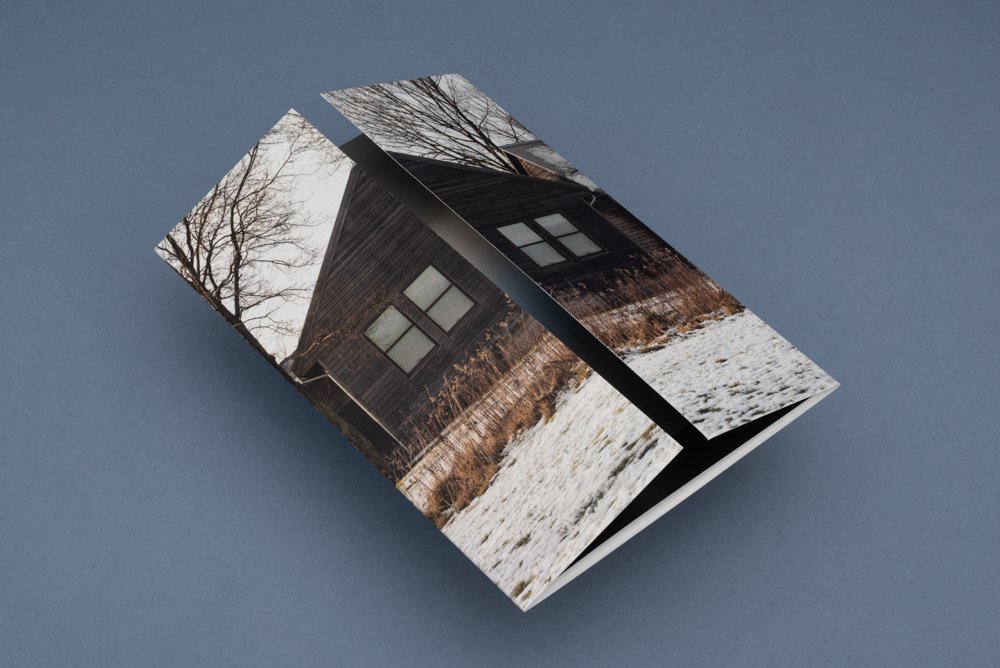

















[8] House, triangle, heart, 2018
